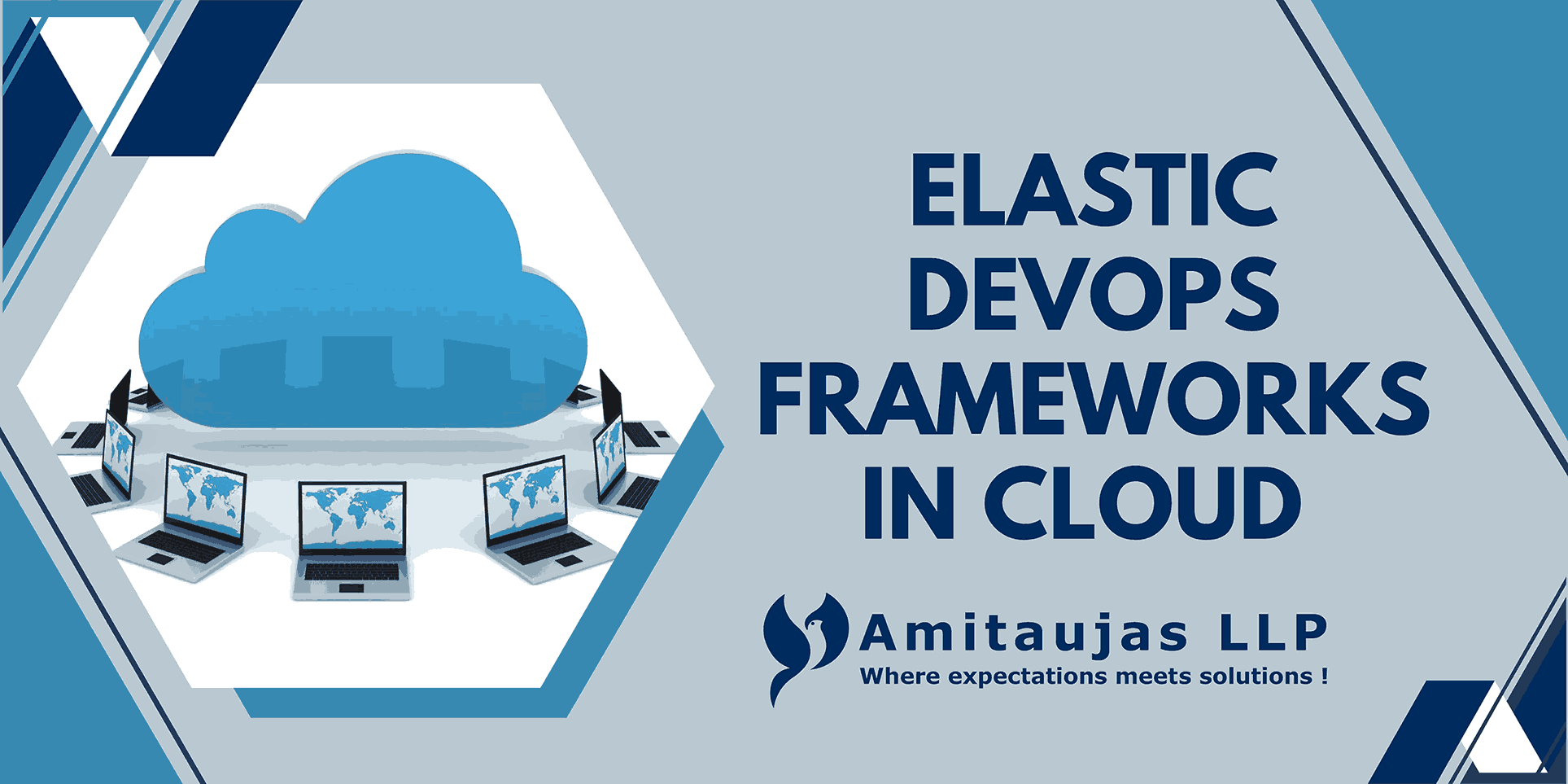
Elastic DevOps Frameworks in Cloud
1. Dynamic Scaling
Elastic frameworks automatically adjust resources based on workload needs, optimizing performance and cost-effectiveness.
- Auto Scaling: Automatically scales computing resources based on real-time needs. Examples include AWS Autoscaling, Azure Scale Sets, and Google Cloud Autoscaler.
- Load Balancing: Distributes incoming traffic between multiple servers so that a single server does not become a bottleneck. Examples include AWS Elastic Load Balancer (ELB) and Azure Load Balancer.
2. Infrastructure as Code (IaC)
Managing infrastructure through code allows for continuous and repeatable deployments, making it easier to adapt to changes and scale resources.
- Configuration Management: Tools such as Terraform, AWS CloudFormation, and Azure Resource Manager (ARM) Templates allow cloud resources to be defined and managed programmatically.
- Version Control: IaC integration with version control systems (e.g., Git) to manage infrastructure changes and collaborate with team members.
3. Continuous Integration/Continuous Deployment (CI/CD)
Automates the process of integrating code changes and deploying applications, facilitating rapid deployment and continuous improvement.
- CI/CD Pipelines: Define workflows for building, testing, and deploying applications. Tools include Jenkins, GitLab CI, Azure DevOps Pipelines, and GitHub Actions.
- Containerization: Using containers (e.g., Docker) to package applications and dependencies, making it easier to deploy them consistently across environments.
- Orchestration: Manage containerized applications using orchestration platforms like Kubernetes or Amazon ECS.
4. Monitoring and Logging
Continuous monitoring and logging provide visibility into application performance and operational health, allowing for proactive management and troubleshooting.
- Monitoring Tools: Services such as AWS CloudWatch, Azure Monitor, and Google Cloud Monitoring report system performance and resource usage.
- Logging Solutions: Collect, analyze, and manage logs using tools like ELK Stack (Elasticsearch, Logstash, Kibana), Azure Log Analytics, or Google Cloud Logging.
5. Security and Compliance
Ensuring security and compliance in cloud environments involves automated policies, continuous monitoring, and adaptive controls.
- Security Policies: Implement automated security policies and compliance checks using tools like AWS Security Hub, Azure Security Center, and Google Cloud Security Command Center.
- Identity and Access Management (IAM): Manage user permissions and access rights through IAM services to ensure secure access to resources.
6. Microservices and Service Mesh
Microservices architecture decomposes applications into smaller, loosely coupled services that can be independently developed, deployed, and scaled.
- Microservices Frameworks: Tools and platforms like Spring Boot, Node.js, and .NET Core facilitate the development of microservices.
- Service Mesh: A dedicated infrastructure layer for managing service-to-service communications within a microservices architecture. Examples include Istio, Linkerd, and AWS App Mesh.
7. Cost Optimization
Efficiently managing and optimizing cloud costs through automated tools and strategies.
- Cost Management Tools: Tools such as AWS Cost Explorer, Azure Cost Management, and Google Cloud Cost Management provide insights and recommendations for cost optimization.
- Resource Tagging: Applying tags to resources for tracking and allocating costs more effectively.
8. Backup and Disaster Recovery
Implementing strategies and tools to ensure data backup, recovery, and business continuity.
- Backup Solutions: Automated backup services such as AWS Backup, Azure Backup, and Google Cloud Backup.
- Disaster Recovery Plans: Designing and implementing disaster recovery strategies, including data replication and failover mechanisms.
